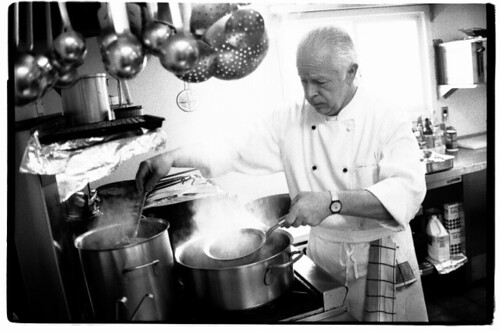N.delaRua
Well-known
Does anybody have any experience/examples of this?? I think 400 is going to be too slow for my next project. That is only one stop, so I would guess that Tmax 400 easily has enough latitude to do that???
Is there is anything I should tell my developer other than I pushed the film to 800? Thanks!
Is there is anything I should tell my developer other than I pushed the film to 800? Thanks!








